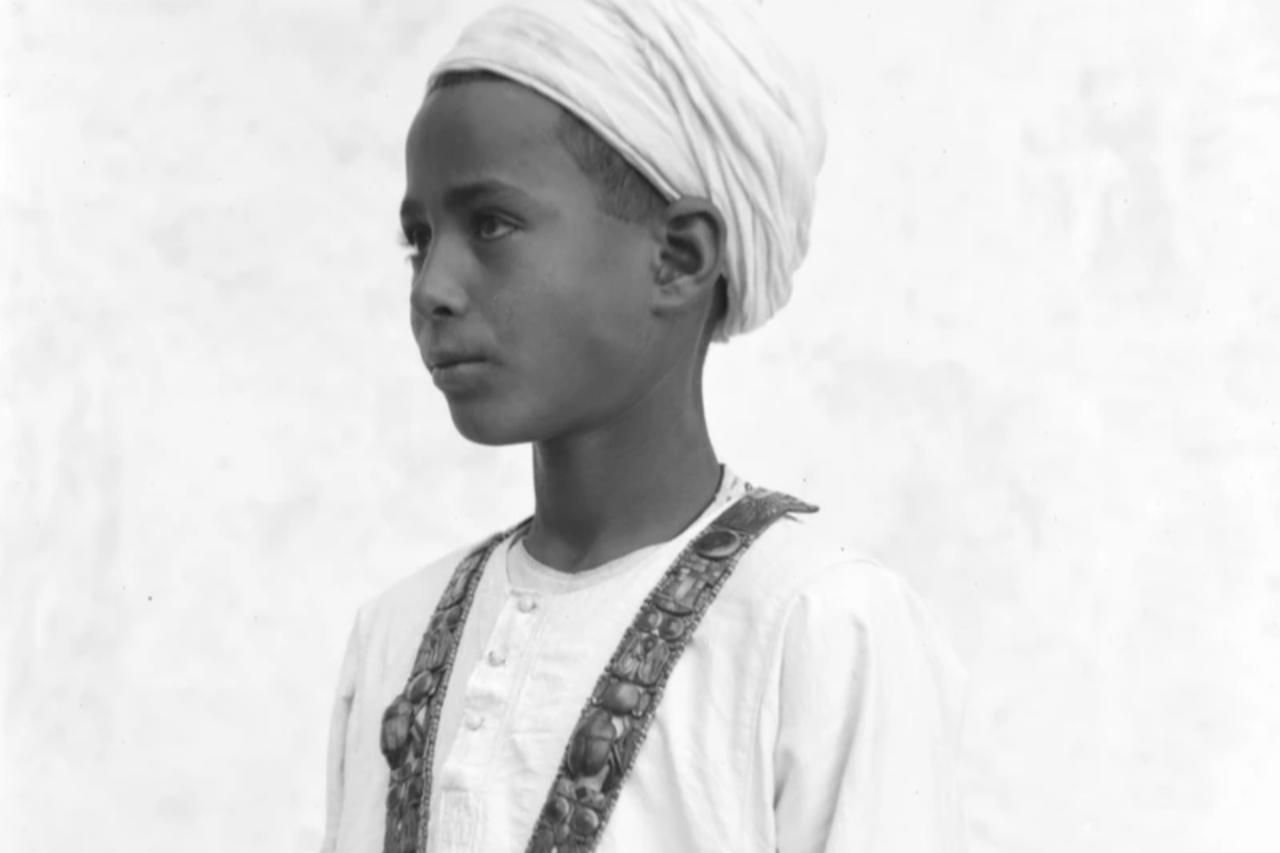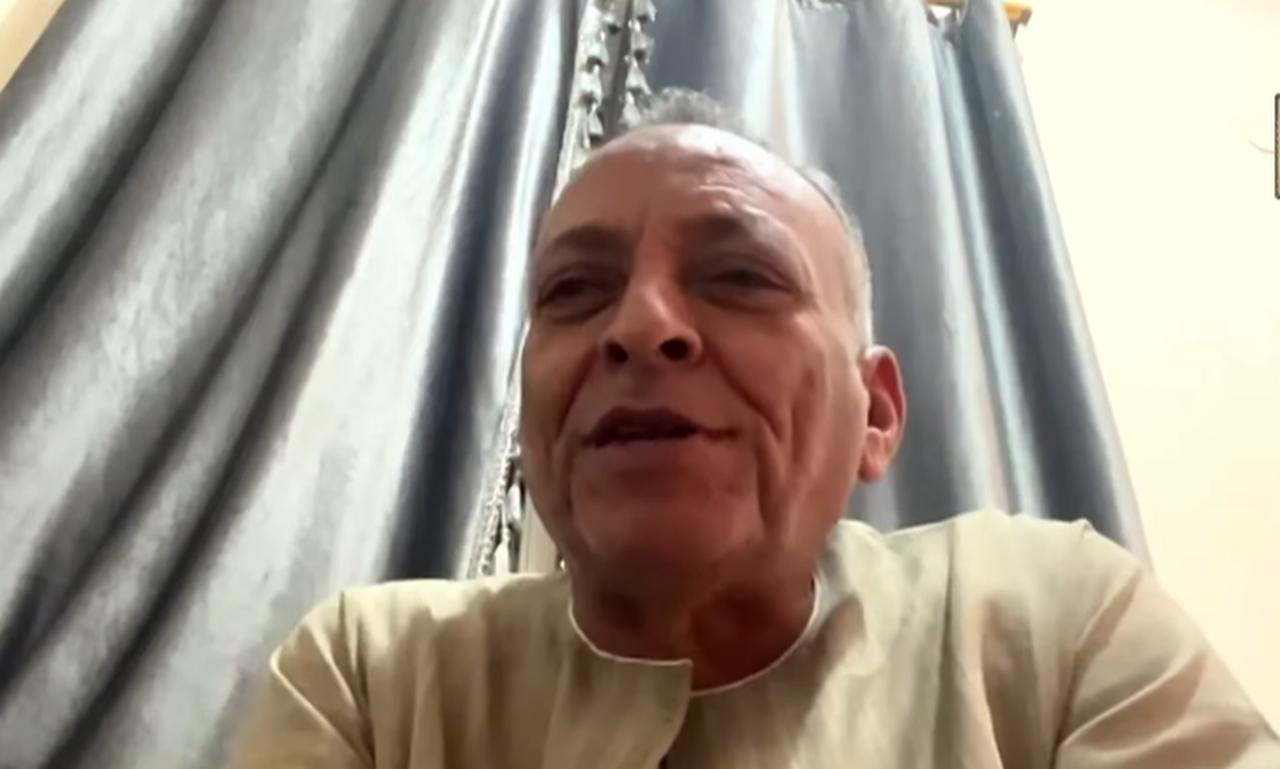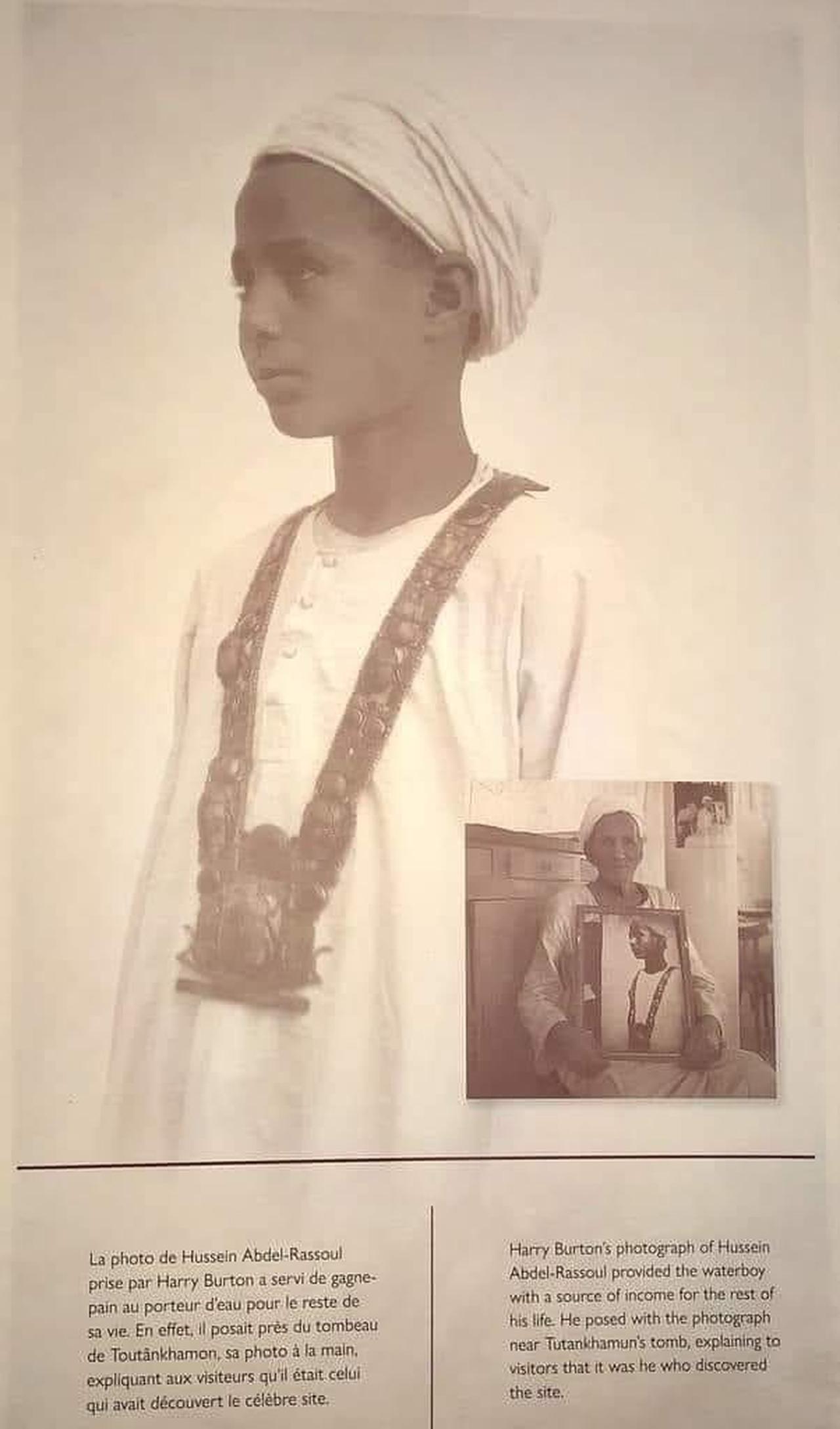
Nubi Hussein Abdel Rasoul, the son of the boy who discovered the tomb of King Tutankhamun in Luxor, recounts how a fallen water jar led to uncovering the first steps to the tomb’s discovery.
He explained that his father was assisting workers by providing them with water during excavation work, until a water jar fell on one of the openings in the ground, a moment that led to the discovery of the first steps of the staircase leading to the tomb.
He said that British archaeologist Howard Carter noticed the tilted stone that caught the attention of the child Hussein Abdel Rasoul.
Carter asked him to move it, revealing the entrance to the historic tomb that changed the course of archaeological science worldwide.

Nubi noted that the relationship between his father and Carter was simple in the beginning, as Carter was not originally an archaeologist but an artist specializing in murals and tourist scenes.
He said Carter’s journey into archaeology began after he met Lord Carnarvon, who funded the excavations, leading to the famous discovery.
He said that after the tomb was discovered, everything changed in Carter’s life, who then became one of the most famous names in the history of archaeology.
“But it cannot be denied that the beginning of the story was thanks to my father, who played a pivotal role in the first moment of discovery,” he stressed.
He continued that his father appeared in rare photos wearing one of the pharaonic necklaces from Tutankhamun’s tomb, which was gifted to him as a souvenir after the tomb was opened.
He noted that the family still keeps a historic photograph of his father taken by Harry Burton, the archaeological photographer who worked with the British expedition.
He noted that the photo has become an enduring symbol of the family’s history, adding that tourists from around the world visit their home in Luxor to see the original picture.

British Egyptologist Howard Carter became known worldwide on Nov. 26, 1922, during an excavation near Luxor. At about 2:00 p.m., Carter used an iron spike to make a small hole in the upper left corner of a wall of ancient mortar.
The wall, which served as a sealed door, bore the funerary seal of Pharaoh Tutankhamun.
After waiting for warm, stale air to escape, Carter placed a candle through the opening and looked inside. It was the first light to enter the chamber in roughly 3,200 years.
Carter observed the contents before his companion, George Herbert, asked whether he could see anything. Carter replied, “Yes. Wonderful things.”
The site, known as KV62, contained the intact tomb of the young king Tutankhamun.
The discovery became a defining moment in the field of Egyptology.